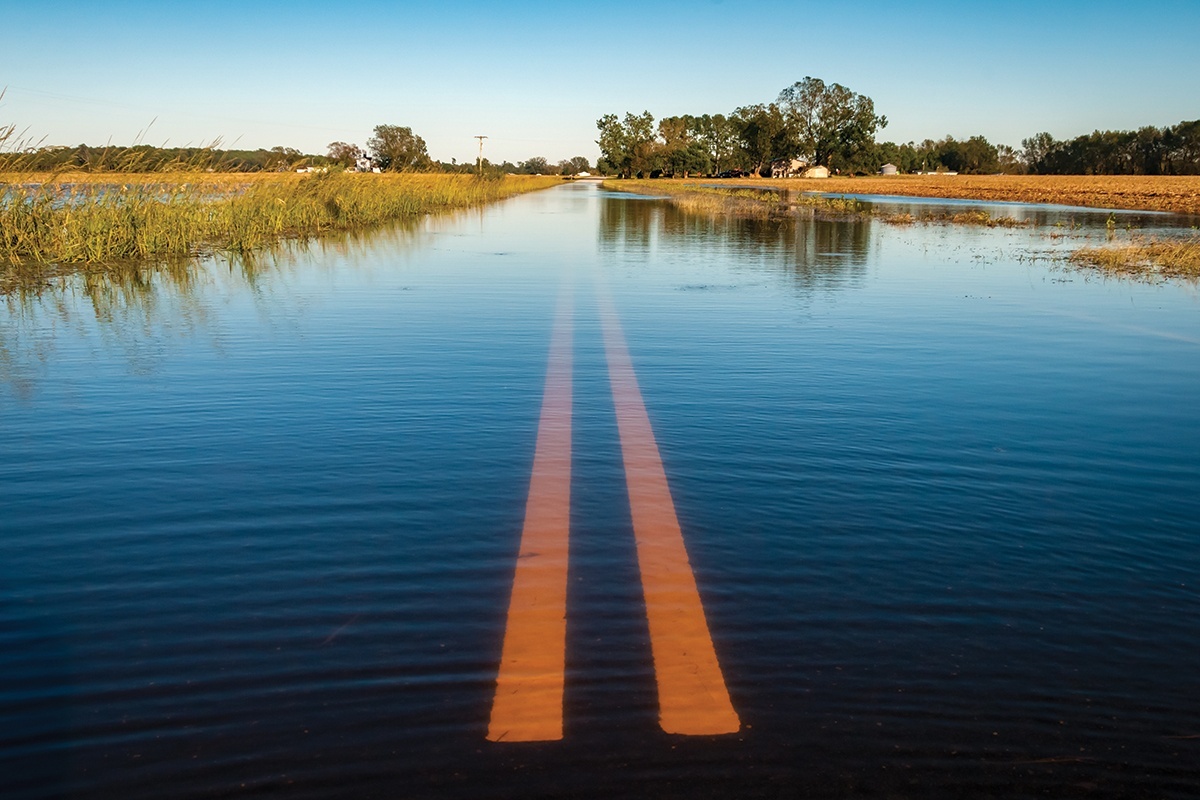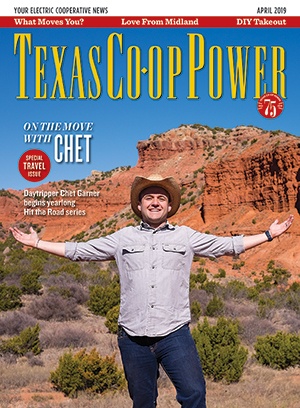It doesn’t get much more Texan than family photos snapped among blossoming bluebonnets. We love our state flower, as evidenced by the ubiquity of those photos, taken alongside highways and in fields awash in indigo and dotted with white. What we love less are some of the damaging storms that tend to accompany this time of the year. It’s a cruel seasonal coincidence—one of the most beautiful times of year to be outdoors in the Lone Star State can also be among the most hazardous.
Lightning strikes the U.S. about 25 million times a year, according to the National Weather Service. And although most lightning occurs in the summer, people can be struck at any time. On average, lightning kills 47 people in the U.S. annually, with hundreds more injured severely. If you find yourself in the midst of threatening weather, heed the following advice to remain safe.
Be aware that lightning often strikes outside an area of heavy rain and can strike as far as 10 miles from rainfall. Many lightning deaths occur ahead of storms, before any rain has fallen, or after rain has ceased and a storm has seemingly passed.
The important rule to remember: If you can hear thunder, you’re in danger. Don’t be lulled into a false sense of security by calm skies. If you hear thunder, lightning is close enough to pose a threat.
Once you’ve detected even a distant rumble of thunder, get to a safe place. Fully enclosed buildings are best, but a hard-topped metal car with closed windows will work. Stay sheltered until at least 30 minutes after the last peal of thunder. It’s critical to know that sheds, picnic shelters, tents, trees and covered porches will not protect you from lightning.
If you’re indoors during a thunderstorm, avoid using a corded phone unless it’s an emergency. Cordless phones and cellphones are safe to use. You should also refrain from bathing or washing dishes by hand until the storm has passed, since lightning can travel through wiring and plumbing. Lastly, during turbulent weather, stay away from doors that lead outside and window frames—they can conduct electricity.
Flooding is another potential hazard of spring storms, particularly in our flash flood-prone state. There were 116 flood-related fatalities in the U.S. in 2017, according to the weather service, and flash flooding is the No. 1 weather-related killer in Texas.
Nearly 50 percent of flood fatalities involve vehicles, according to the Texas Department of Public Safety. Stay safe in a sudden downpour by remembering:
- It takes only 2 feet of water to float a 1.5-ton car. Tires work against drivers in floodwaters, acting as floats that can lift vehicles up and send them downstream.
- Water covering roadways may obscure washed out bridges and other hazards. If you try to drive across, you might not be driving on a solid surface.
- Once inclement weather hits, stay tuned to alerts via radio, TV or cellphone.
- Don’t attempt to traverse flooded roads or streams on foot. It takes as little as 6 inches of water to knock an adult off balance. Water may be flowing more rapidly than it appears.
- Never allow children to play near ditches or storm drains.
- Finally, be especially cautious at night, when it’s harder to recognize flooded areas.
- As always, if you see a downed power line, avoid it and notify your electric cooperative as soon as possible.


